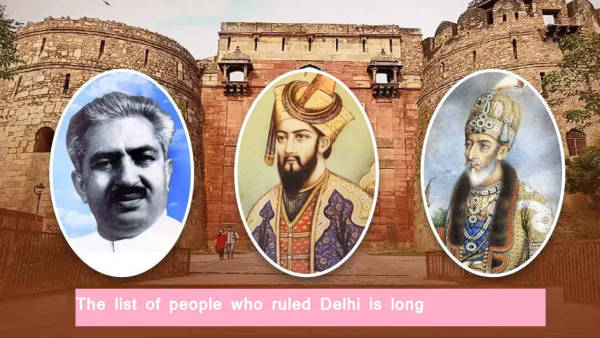
Delhi History: The Bharatiya Janata Party (BJP) has got a chance to rule Delhi after a long time. This is the same Delhi whose history begins from the Mahabharata period (Dwapar Yuga). It was during the Mahabharata period that the Pandavas first established a human settlement outside Hastinapur at a place called Khandavprastha. There were kings who ruled Delhi who looted it, and there were some who nurtured it. Let us know how Indraprastha became Delhi and who all ruled here? How much did it change during this time?
In the counting of the assembly elections, the Bharatiya Janata Party (BJP) has got a chance to rule Delhi once again after a long time. This is the same Delhi, whose history begins from the Mahabharata period (Dwapar Yuga). It was during the Mahabharata period that the Pandavas first established a human settlement outside Hastinapur at a place called Khandavprastha. The Pandavas named this city Indraprastha, which was established with the help of Devraj Indra.
Since then, times have changed, centuries have changed and seeing the rule of different dynasties, Delhi has become the centre of politics today. Let us know how Indraprastha became Delhi and who ruled here? How much did it change during this period?
As far as the story of Indraprastha becoming Delhi is concerned, it is also connected to the Mahabharata. It is said that King Dhilli was a descendant of Kunti's eldest son Karna. He established the city in south-western Delhi around 800 BC. Swami Dayanand Saraswati's book Satyarth Prakash also confirms that King Dhilli ruled Delhi in the beginning of the eighth century BC. He was also known as Dhillu and Dilu. Later, it was named Delhi after him. However, modern historians consider King Dhilli to be a Maurya descendant and date his reign to the first century BC.
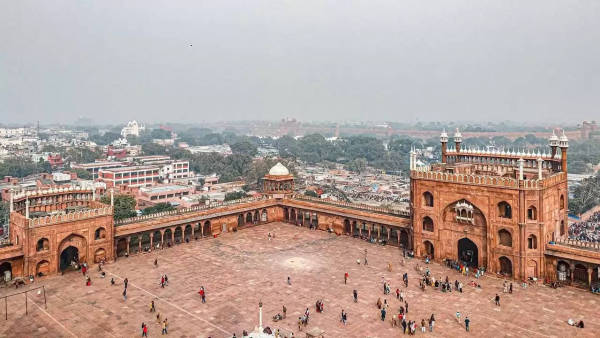
Old Delhi. Photo: Pixabay
In modern times, the history of Delhi is connected to Anangpal of the Tomar dynasty. It is said that around 1020, Anangpal established the royal resort Anandpur. With time, he moved his kingdom about 10 km to the west. It was called Lal Kot. Tomar kings ruled this Lal Kot for a hundred years. In 1164 AD, Prithviraj III (Rai Pithora) expanded his fort and built many buildings. This led to the city being named Kila Rai Pithora.
Prithviraj III was defeated by Muslim invaders in the last days of the 12th century. In 1206 AD, Qutubuddin Aibak laid the foundation of the Slave Dynasty in Delhi and started ruling from Lal Kot.
This is the story of the last decade of the 13th century. Delhi was captured by Jalaluddin Khilji of the Khilji dynasty. During his reign, the Mongols looted the suburbs of Delhi. To escape from them, Jalaluddin's successor Alauddin Khilji (reign 1296-1316) established a new city in a circular fort some distance to the north-east of Qutub Minar, which was named Siri. This Siri was made the capital by Alauddin Khilji. Presently it is called Siri Fort.
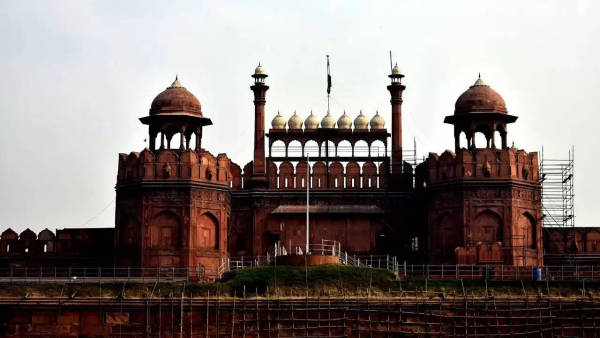
Red Fort, which used to be the center of power of the Mughals. Photo: Pixabay
In 1321, the rule of the Khilji dynasty ended and the power of Delhi came into the hands of the Tughlaq dynasty. Ghiyasuddin Tughlaq (reigned from 1320 to 1325) established his new capital named Tughlaqabad. However, due to lack of water there, the capital was moved back to Siri.
Ghiyasuddin's son Muhammad bin Tughlaq suddenly made Devagiri the new capital instead of Siri and named it Daulatabad. However, in the year 1354, his successor Firoz Shah again changed the capital and established his capital on the banks of Yamuna near old Indraprastha. It is currently called Firoz Shah Kotla.
This is about the last days of the 14th century. Timur Lang attacked Delhi and looted it a lot. Then from 1414 to 1451, the Sayyid dynasty ruled here. From 1451 to 1526, the Lodi dynasty captured it. In 1526, Mughal emperor Babar captured Delhi but he made Agra the capital instead of Delhi.
After Babur, Humayun took power in 1530 and established a new city named Din Panah on the banks of Yamuna. However, in 1540, Sher Shah Suri took power from Humayun and changed the name of Humayun's Din Panah city to Sher Shahi. The fort built by Sher Shah here is today called Purana Qila.
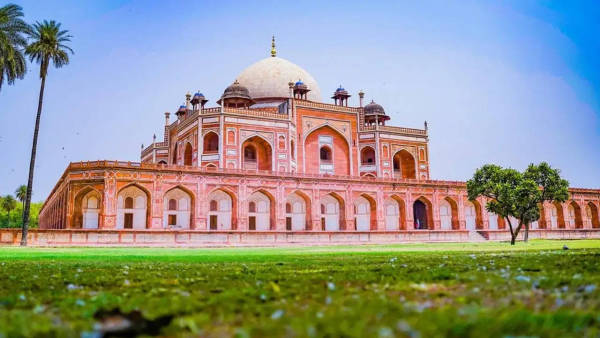
Humayun's Tomb. Photo: Pixabay
Humayun once again took over power from Sher Shah Suri and after him Akbar and Jahangir ruled from Agra. In the year 1639, Shah Jahan started looking for a new place for the capital and started settling the capital in the north, a short distance from the Purana Qila in Delhi. For this, he built Qila Urdu-e-Maula, which is now called the Red Fort. In the year 1648, Shah Jahan shifted his capital to this area, which was called Shahjahanabad. Shahjahanabad is now called Old Delhi.
During the reign of the Mughals, the Marathas attacked in the 18th century. Then Nadir Shah of Persia (Iran) also attacked. During the reign of the last Mughal emperor Bahadur Shah Zafar, the British captured Delhi in 1803 but kept Bahadur Shah Zafar as the ruler. However, after the First War of Independence of 1857, the British ended the rule of Bahadur Shah Zafar and the Mughal rule came to an end.
The British gradually occupied the whole of India but kept their capital in Calcutta (now Kolkata). Finally in the year 1911, the British decided to shift the capital to Delhi. They decided to build a new city for the new administrative centre. For this, a committee was formed, headed by Sir Edwin Lutyens. He built a new city, which is called New Delhi. In the year 1912, the British shifted the capital to Delhi and ruled from here till 1947.
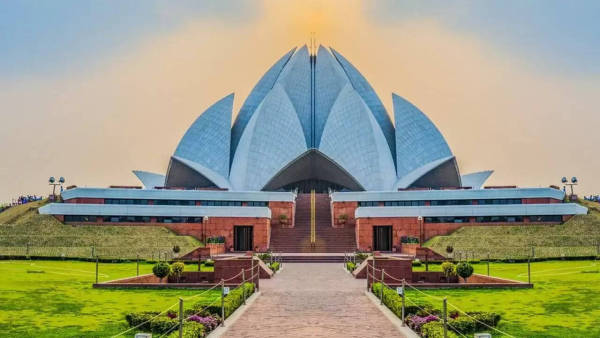
Lotus Temple. Photo: Pixabay
When the country gained independence in 1947, Delhi was made the capital of the Republic of India. Since then, Delhi has developed as a metropolis. However, there are also signs of development in Delhi during the rule of different dynasties. All these are the identity of Delhi in the form of forts, tombs and monuments.
After independence, assembly elections were held for the first time in Delhi in 1952. Then Brahm Prakash was made the first Chief Minister of Delhi and remained so till 1955. Gurmukh Nihal Singh was the second Chief Minister of Delhi from 1955 to 1956. In 1956, the Constitution was amended and Delhi was made a Union Territory, so assembly elections stopped. In 1991, the Constitution was amended once again to arrange for assembly elections in Delhi and assembly elections were held in 1993. BJP won in this and Madan Lal Khurana was made the Chief Minister. Then Sahib Singh Verma and Sushma Swaraj were also made Chief Ministers. However, after making three Chief Ministers in five years, the BJP lost power in Delhi.
In 1998, Congress won the Delhi Assembly elections and Sheila Dikshit became the Chief Minister. She remained in this position till 2013. In 2013-14, Aam Aadmi Party convenor Arvind Kejriwal became the Chief Minister for the first time for 48 days. By 2015, President's rule was again imposed in Delhi. Kejriwal became the CM again in 2015 after winning the election once again and remained in office till 2024. In September 2024, Kejriwal resigned and Aam Aadmi Party leader Atishi was made the Chief Minister.